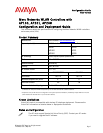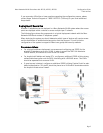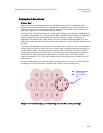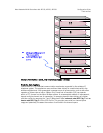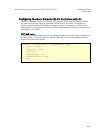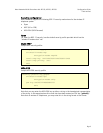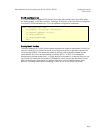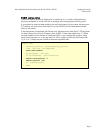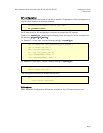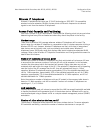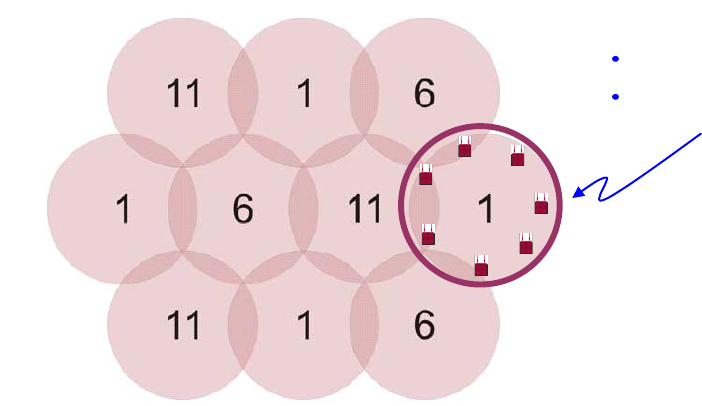
Meru Networks WLAN Controllers with AP100, AP201, AP208 Configuration Guide
Field Verified
Page 3
Deployment Guidelines
Virtual Cell
Meru Virtual Cell technology allows for zero-handoff as the wireless IP telephones roam
through the wireless environment. This dramatically improves the quality and consistency of
client roam times. The bi-directional quality of service (QoS) provides a near toll-quality call
experience regardless of the handsets’ security context.
The Virtual Cell configuration does not provide a good configuration setting for dense wireless
IP telephone deployment. This is because both Meru Networks and the wireless IP telephone
system provide their own QoS schemes and are not centrally managed. For wireless IP
telephones, the tolerance for packet retries is very low. Wireless handsets operate on a very
tight delivery schedule and will often channel-scan elsewhere if those delivery expectations are
not met.
To maintain the benefits of Virtual Cell just mentioned and to maximize calls, we recommend
using Virtual Cell zones. A Virtual Cell zone is a zone area on a single channel containing one
or more access points. The diagrams below provide further illustration of Virtual Cell zones.
Depending on how many calls you expect to utilize per zone, the deployment may consist of
one Virtual Cell zone (one channel deployment) or multiple virtual zones (multiple non-
interfering channels 1,6,11) with each channel being a zone having one or more Virtual Cell
access points.
Avaya recommends that no more than eight concurrent calls should exist in a zone, and that
the Avaya Voice Priority Processor should be set to eight calls per access point
Virtual AP Zone with
1 to many APs
CAC at 8 calls per
zone
Single floor horizontal layout, non-interfering channels with overlap coverage



